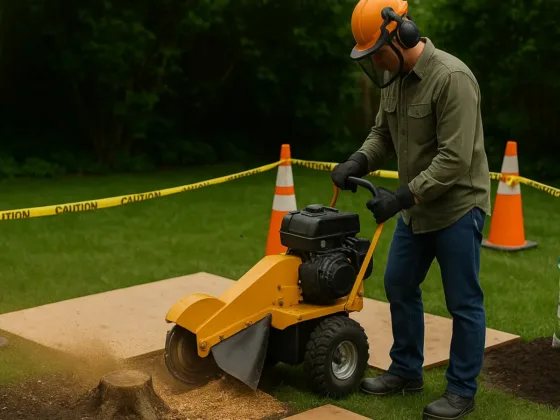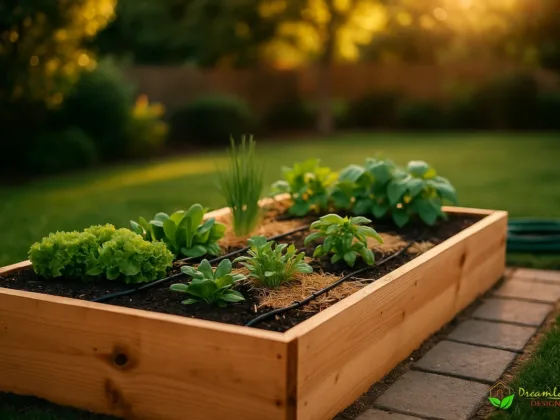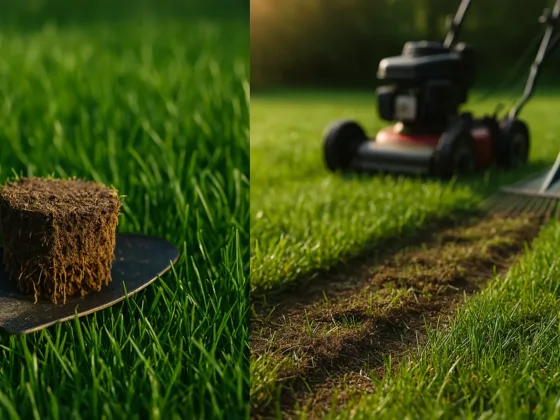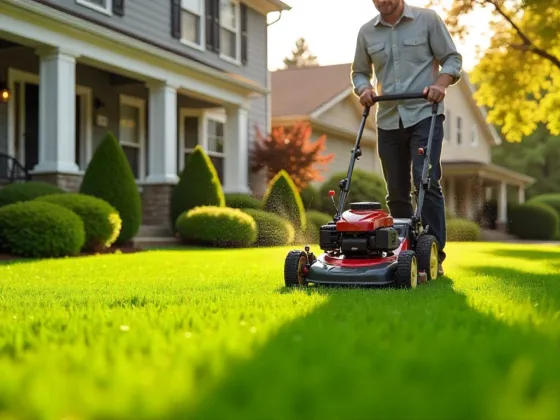You have to ensure that Japanese Knotweed on your land does not spread into the wild. Plant material or soil that’s contaminated with invasive and non-native plants such as Japanese Knotweed is capable of causing ecological damage and can be classified as controlled waste.
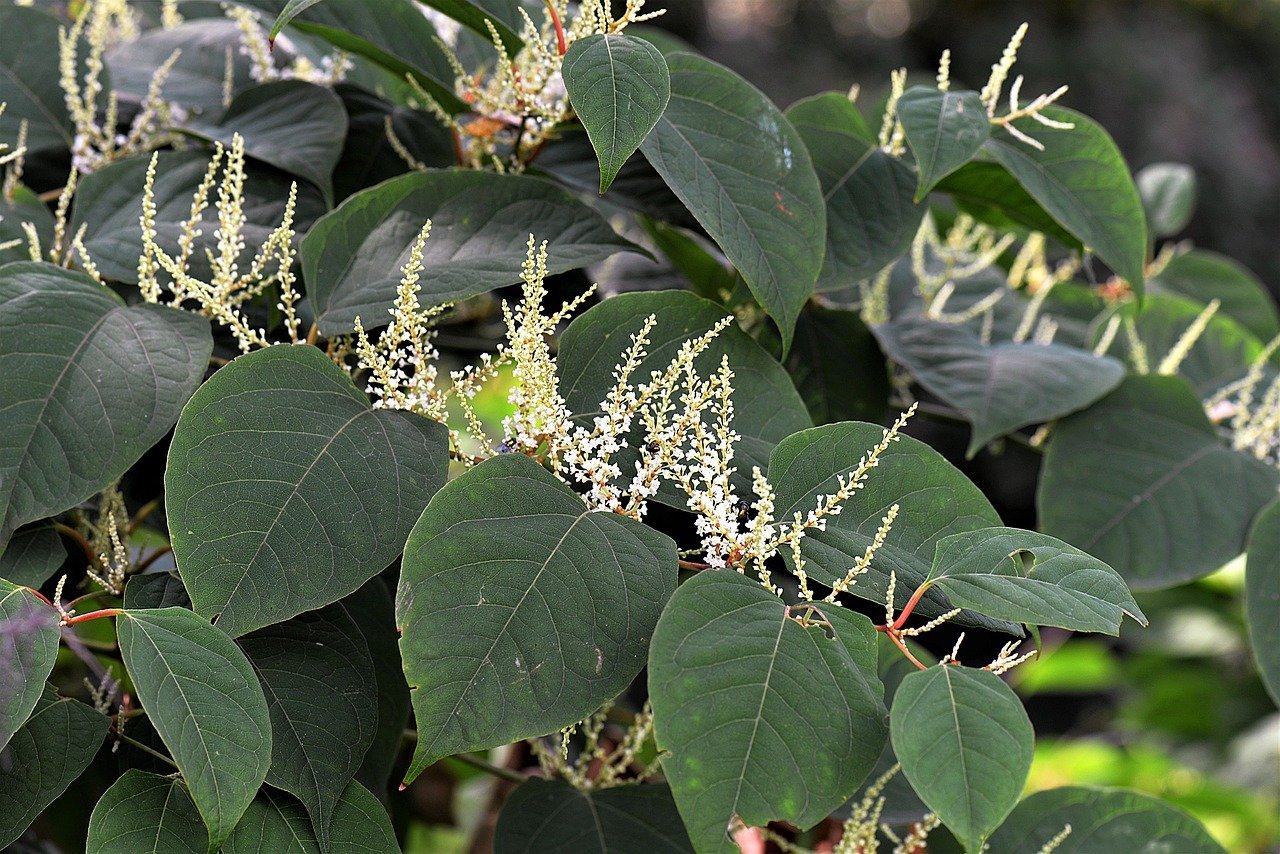
You don’t need to remove Japanese Knotweed from your land, but you could be given a community protection notice or even prosecuted for causing a nuisance if you allow it to spread onto another person’s property.
Non-native plants can often not be composted because:
- They will survive the composting process
- They are usually persistent
- They typically infest areas where the compost is used
If you think you may have Japanese Knotweed the first thing is to identify it, take a look at Environet to confirm you have this hardy weed.
- Spraying with Chemicals
One of the most effective treatments to stop the spread of invasive plants is to spray them with chemicals. You should only use the approved herbicides.
You may need to re-spray. It typically takes 3 years of treatment before the underground rhizomes of Japanese become dormant.
You may have to do any or all the following when you use chemicals:
- Ensure that the person who sprays is the holder of a certificate of competence for the use of herbicides or is operating under a certified holder’s direct supervision.
- Carry out an assessment of Control of Substances Hazardous to Health
- Seek the permission of the Environmental Protection Agency if the plats are close to the water
- Seek permission from Nature organizations if the area is protected, for example, sites of special scientific interest
- You may require any of the following to dispose of certain chemicals:
- A waste exception
- Environmental permit
- Trade effluent consent
You are required to dispose of chemicals at a permitted waste disposal facility through a registered waste carrier.
- Burying It
Prior to burying invasive plant waste that’s non-native on your land, you should first check with the Environmental Protection Agency to find out whether this is allowed. You will not be normally permitted to bury waste on just any piece of land unless it is a landfill site with a suitable permit.
Japanese Knotweed can be buried at the site it is produced as long as you:
- Don’t bury any other types of waste along with it.
- Cover the plant remains with a material that won’t allow the plan to grow through it, which is referred to as a root barrier membrane layer.
- Bury it at a depth of not less than 5 meters
- If it is not possible to bury the plan 5 meters deep, wrap a root barrier membrane layer around the plan remains completely and bury them at a depth of not less than 2 meters.
- If you intend to bury the plant waste, you may need to inform the Environmental Protection Agency.
- Burning It
If you are a business that wishes to burn Japanese Knotweed, you are required to inform:
- The Environmental Protection Agency at least 1 week prior to burning it
- Your local council’s environmental health officer
If you are burning the waste privately as an individual, you don’t need to do the above, but it is still advisable to check with your local council that burning is permitted.
Japanese Knotweed rhizome and a crown can survive burning, which is why you should dispose of any remaining material following the guidelines for burying or disposing of it off-site.
If you are a business, you will also require a registered waste exemption or environmental permit – this includes farmers too.



